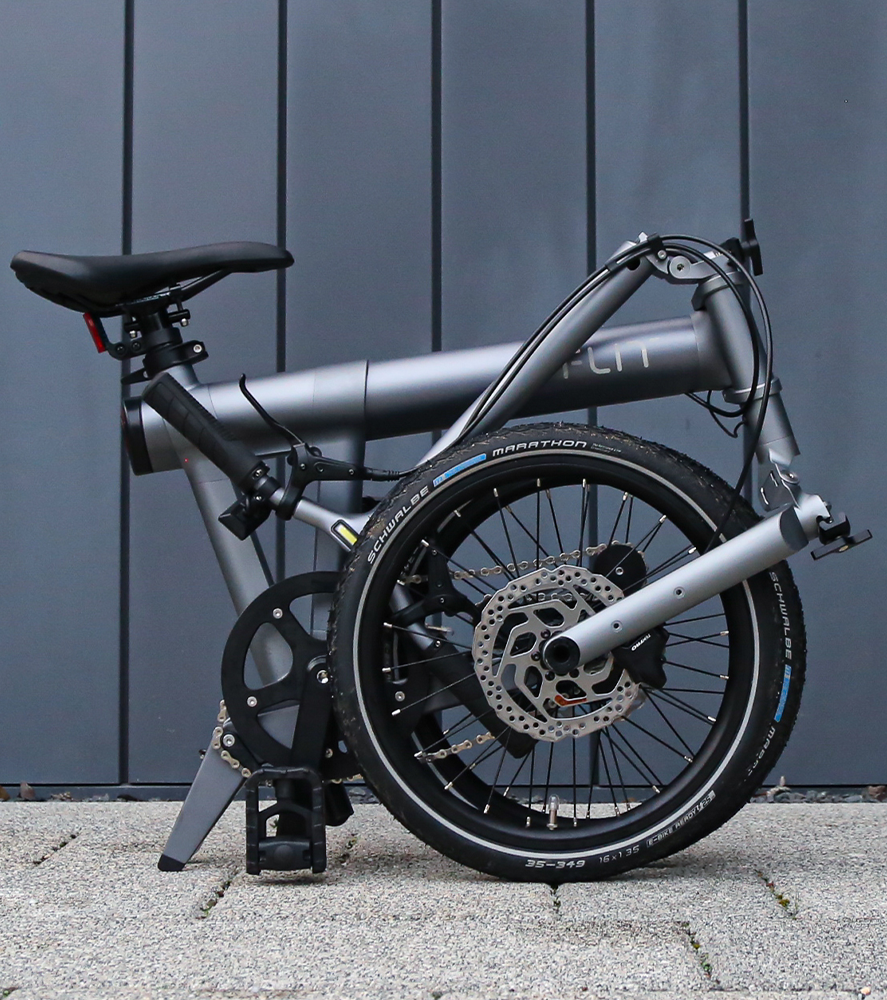
Anodising – moving on from traditional paint
In the fifth in our manufacturing series “Processes used in the M2’s manufacture” we take a look at how we moved away from traditional paint and opted for a tough anodised finish on the M2’s frame.
Why we’ve opted for anodising verses traditional painting
Anodising isn’t just about adding a colour to our frames; it’s a process that enhances the bike’s durability.
Using an electrochemical process, anodisation ensures that the frame is protected against corrosion and everyday wear and tear. Unlike paint, which is applied as a coating, anodisation creates a tough oxide layer which is embedded into the surface of a part itself. This cannot chip off and instead must be gouged through to create permanent surface damage.
Whether you’re navigating busy city streets or exploring scenic countryside paths, your M2’s frame will stand the test of time and continue to look its best.
Click to watch an anodising explainer:

Style Meets Substance
Beyond its protective properties, anodising adds a touch of flair to the M2.
It is, in part, possible because of the way the bike is put together. As mentioned in our email explaining how the M2’s frame is bonded together, moving away from welding means that we can finish all the parts of the bike’s frame with the same anodising process.
Welded joints are very difficult to anodise due to the mix of materials. For example, the colour often differs dramatically along the weld line. Bonding the frame removes this problem as the frame parts are held together by an internal adhesive, meaning that the outside of the frame can stay more consistent and have a cleaner finish.
